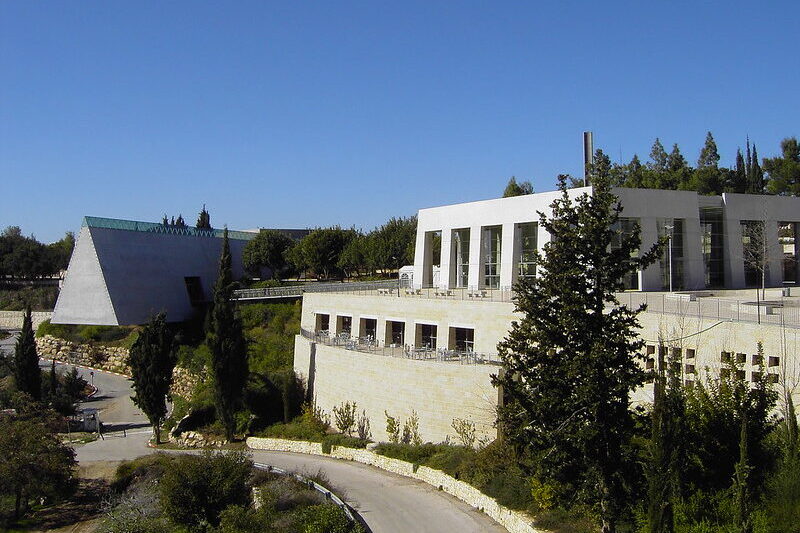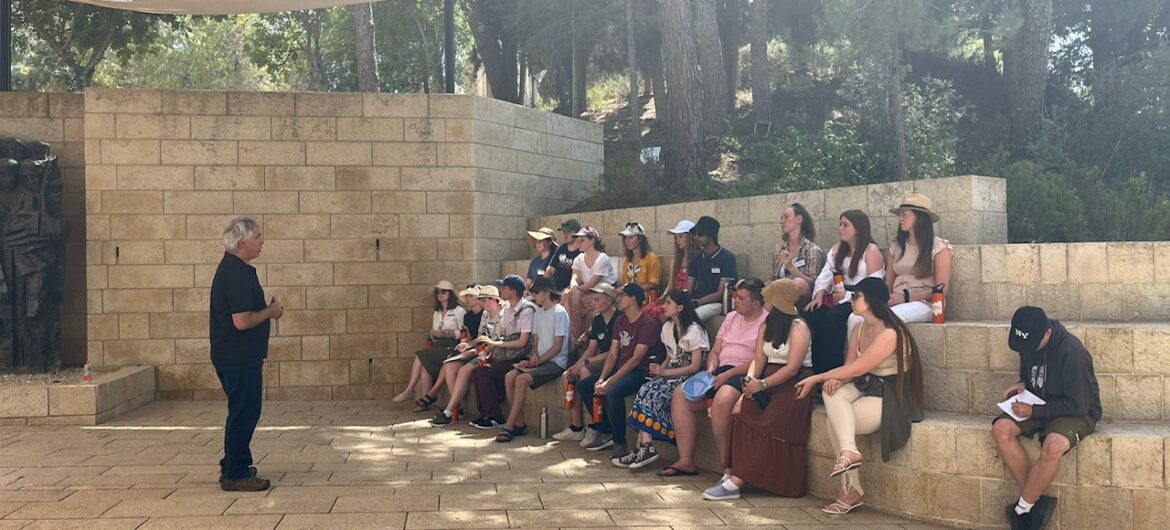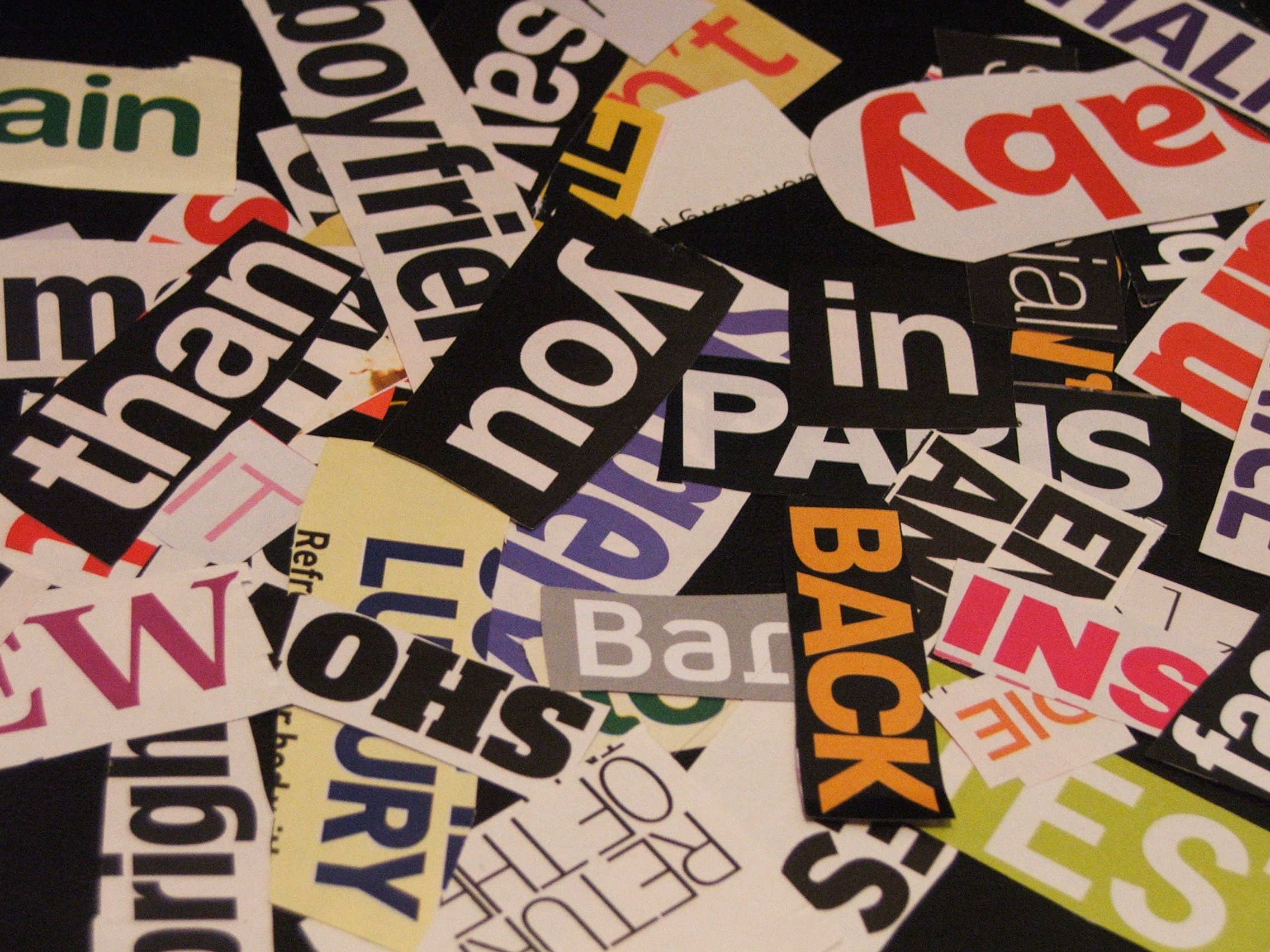At 5am on a temperate August morning, 20 young people from across the UK gathered in Heathrow airport, armed with notepads and suncream and bound for a 10-day intensive study visit to Yad Vashem, the World Holocaust Remembrance Centre, Jerusalem.
For all of us there, our journey to Yad Vashem began not on that morning but at the age of 16, when each of us took part in the Holocaust Educational Trust’s Lessons from Auschwitz project. Some of us signed up eagerly, writing applications to our history departments; others took more persuading to go, but we all ultimately chose to make Holocaust education a core value in our young lives by continuing on to be Regional Ambassadors for the trust.

My journey from Poland in 2017 to Israel in 2022 was not straightforward. At the tender age of 23 I actually represent one of the more senior citizens of my regional Ambassador cohort. My choice to return to the path I started upon in 2016 was a reaction to the state of antisemitism I witnessed within my campus and community; such is a sentiment echoed by many Holocaust survivors I would go on to meet. Ruth Posner (BEM), who has enjoyed a successful career as a British actress, dancer and member of the Royal Shakespeare Company , began her life in the cosmopolitan city of Warsaw, Poland. When she arrived in Britain as a post-war refugee at age 16, she had lost both her parents to the gas chambers of Auschwitz, only surviving deportation to the death camp herself by disguising herself as a Polish-Catholic and evading the Warsaw ghetto. Ms Posner only decided to begin sharing the devastating trauma of her early childhood at the age of 89, telling my cohort of Regional Ambassadors that her decision to share her story was a response to the “worrying” rise of antisemitism she is witnessing in today’s Europe.
In November 2020, I was shocked to see graffiti of the like I had seen in Holocaust textbooks sprayed on a Brighton seafront wall just a short walk from my house. The phrase “Jewish Lies Matter” shattered my already weakening illusion that Brighton was a safe and accepting place for those marginalised in society. Fiona Sharpe of the Sussex Jewish Representative Council, told the Jewish chronicle, “This vile graffiti was seen by many members of our community and has caused great distress”.
The graffiti appeared the day after the Labour party readmitted MP Jeremy Corbyn, who had been suspended from party activity after a 149 report by the European Human Rights Commission (EHRC) detailed how the party under Corbyn’s leadership had failed to address reports of antisemitism from within the party. I found it a horrific slur on the survivors I had heard lay bare their deepest trauma, that a people who faced genocide at the hands of their neighbours and police across Europe would be so appallingly accused of fabricating prejudice against them. This is not the first time such graffiti has appeared in Brighton, In January 2020, the spray-painted symbol of a Swastika along with the words “Nazis R good”, was discovered in a children’s play area in Stoneham Park, Hove, on the 75th anniversary of the liberation of Auschwitz.
This sort of antisemitic imagery was that which I expected to find the most confounding part of my visit to Yad Vashem. I was surprised, however, to find the curation of the Yad Vashem campus almost as challenging as the content. As we walked about the museum campus, I noted how significantly foregrounded were the names of those honoured as ‘Righteous among the nation’s’, individuals who are honoured for their efforts in selflessly saving and/or aiding Jewish people during the Holocaust. I felt confused, perhaps even uncomfortable, that so much of Yad Vashem landscape could be dedicated to people who had done, what I’m sure most of us feel, the most human thing to do in attempting to save the lives of their Jewish friends and community.
What I came to understand throughout the course of my visit, however, was how such a memorial fights myths about culpability and agency in the Holocaust – addressing the proliferating belief that collaboration with the Nazi regime was the only option for those within occupied Nazi territory. Such discussion is relevant not only to the Holocaust but to many world historic atrocities which remain unaddressed in full because of the myth that such violence was somehow totally accepted in the context of the era.
The effort and money the Nazi regime expended in the capture and murder of Jewish people (even whilst the war with the allies had turned against them), is just one of the many pieces of historical evidence we encountered at Yad Vashem which signalled clearly to the intention of the Nazis and their collaborators to completely annihilate all world Jewry. With approximately 11 million pre-war Jews residing in Europe, such a comprehensive act could not have been carried out without the extensive involvement of people as ordinary as their victims.

Lithuanian Holocaust Survivor, Daniel Gold, recalled for us the popular knowledge among many survivors that mass executions of Jewish adults and children took place across Lithuania and many other countries without the physical presence of any Nazis. The unpopular truth of the extent of collaboration is a fact still actively avoided or outright denied by many European governments.
What became truly revealing during our visit was confronting that neither the Jews, their rescuers, or their persecutors were anything more than individuals. Highlighting the role of the righteous combats the convenient myth that those who collaborated with the Nazis had no choice but to do so. The role of the individual becomes so crucial in understanding the Holocaust in places such as Croatia, where massacres of the Jewish population began before the Nazi military even arrived at the border.
As Holocaust survivor Abel Herzberg so poignantly wrote, “The Holocaust is the murder of one Jew which happened 6 million times”, each murder requiring not just a victim but a murderer. But just as the names and faces of such ordinary people became victims and perpetrators, many also became righteous; many of whom were far from the model image of a righteous saviour, such as the now famous Oscar Schindler. But just as some individual chose to graffiti violent antisemitism on the streets and parks of Brighton, another can just as easily choose to stand up against hatred and ignorance.
My visit to Yad Vashem brought a fearful perspective to the scale and contemporary relevance of the Holocaust. With the Community Security Trust reporting large yearly increases in antisemitism in the UK, it is terrifyingly clear to see why so many survivors are choosing now to break their silence. However, on the side of hope, it has been empowering to experience this journey with other young people united as individuals with the responsibility to bring the lessons of this very individual tragedy into our futures with us.





